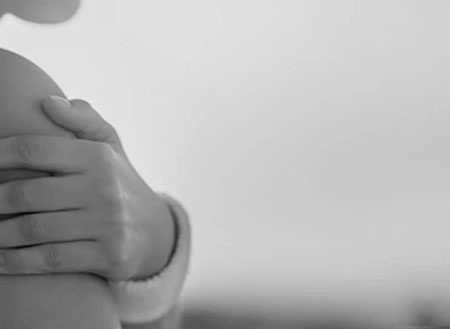In the realm of hand hindrances, one of the more debilitating pathologies if left untreated is the dreaded Dupuytren’s Disease. Dupuytren’s is the build-up of thickening collagen in the palm of the hand eventually forcing the affected fingers to curl inward toward the palm in a contracture.
This particular condition occurs most frequently in men over age 40 of Northern European descent. Like many conditions, it can be made worse by diabetes or smoking. Though the cause remains unknown, a genetic component has been identified. It begins with palpable nodules in the palm of the hand at the base of the fingers. Contractures can then occur as the condition worsens with time. According to the Dupuytren Research Group (https://dupuytrens.org/), approximately half of patients diagnosed with this disease will eventually develop the contracture.
Treatment for Dupuytren’s can come in two forms. The first and more conservative approach is an injection in a regular clinic examination room of a medication called Xiaflex. This injectable solution contains enzymes that break down the bonds holding together the collagen that built up in the hand. After injecting the area, your physician will bandage and splint your hand. You will then present to our clinic within two days so your physician can manually break up the contracture to provide restoration of function once again.
The second option is a more invasive surgical approach: a fasciectomy. Your surgeon will make a lightning bolt incision on the palm of your affected hand to access the cords with collagen build-up so he can then remove the thick, inflamed fascia to release the contracture. This kind of open procedure typically provides the most long-term results, but also comes with greater risk and recovery time than the minimally invasive Xiaflex injection procedure. You will have follow up appointments in our clinic after surgery for suture removal and wound checks to confirm that your incision heals appropriately. You will also participate in some formal occupational therapy to help restore function of the hand once the bandages have been removed.
Unfortunately either procedure (injection or surgery) is not performed until the contracted fingers have reached a certain degree of bend resulting in dysfunction. It is important to remember that regardless of treatment, the result is often temporary as recurrences are common as no treatment for preventing the thickening of collagen has been discovered.
If you have come to realize that your fingers do not function as they did previously, call our office and schedule a consultation with one of our board-certified hand specialists to see how we can help you on the path to restored hand function and doing all of your favorite things once again!

